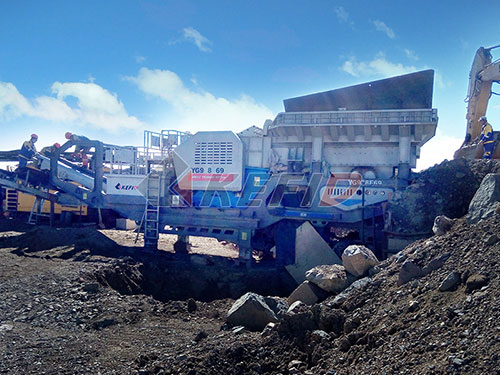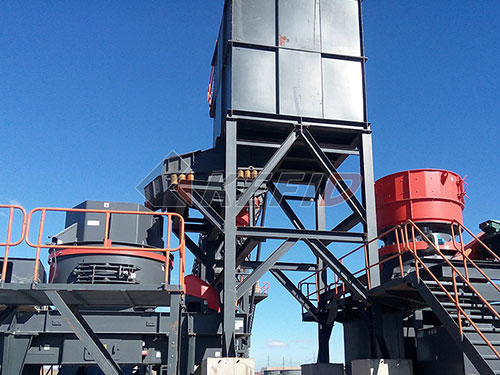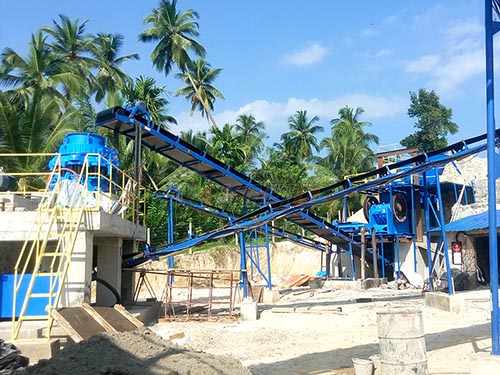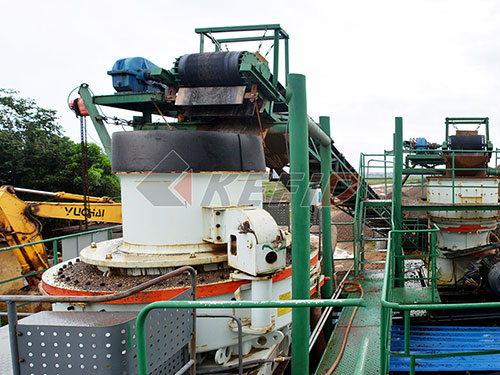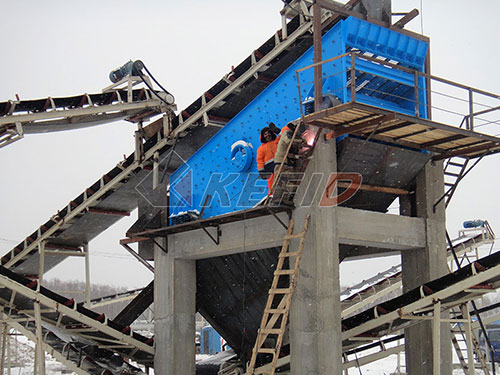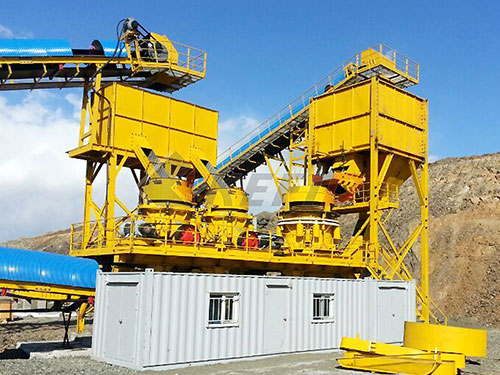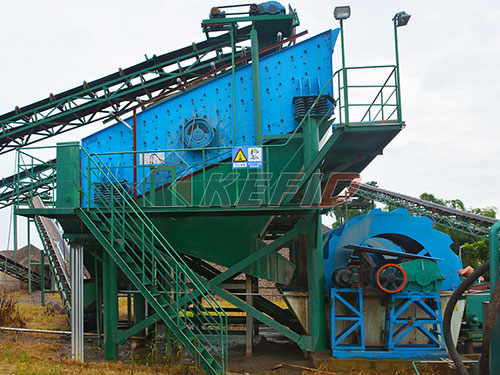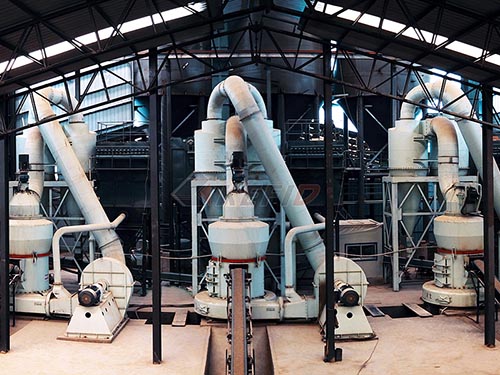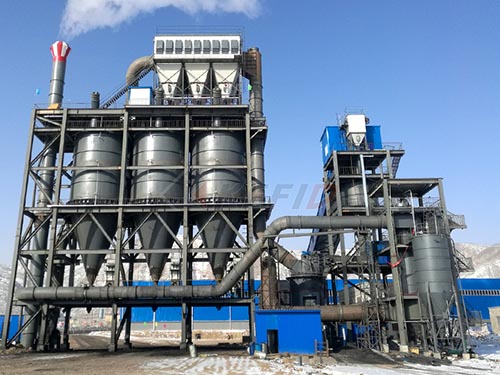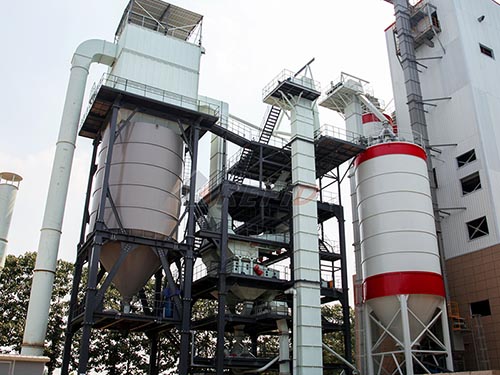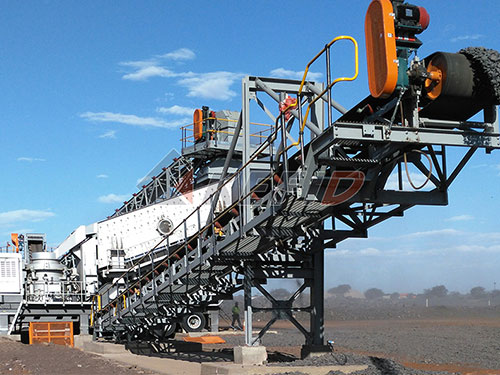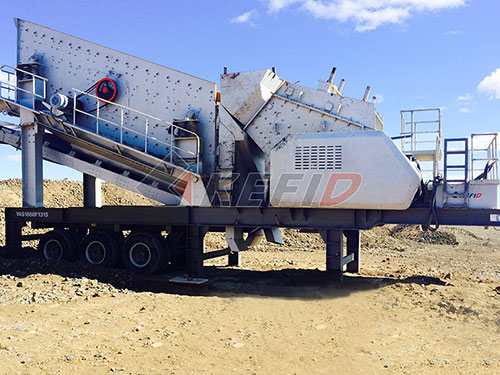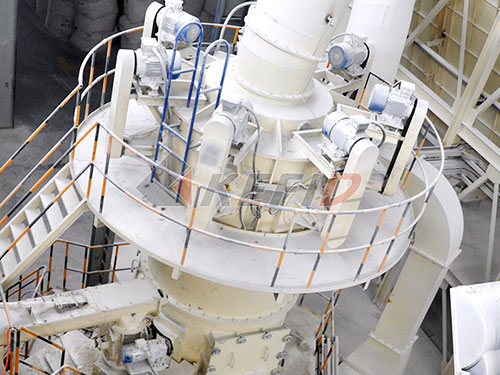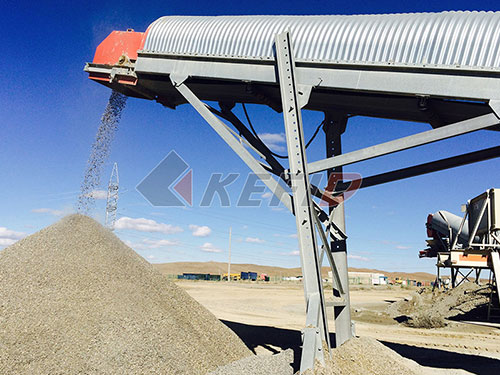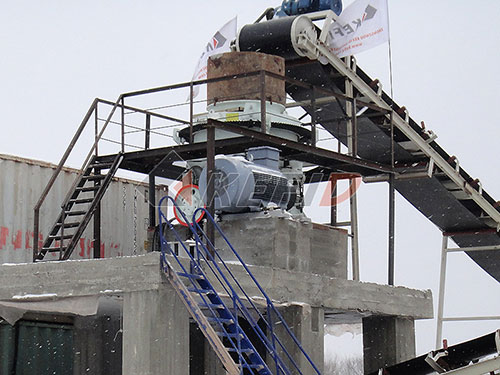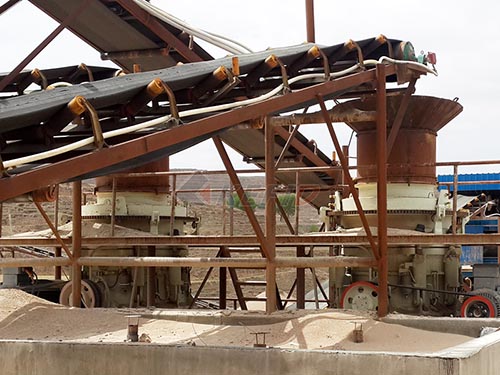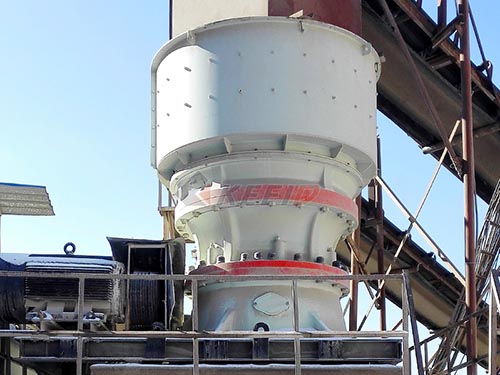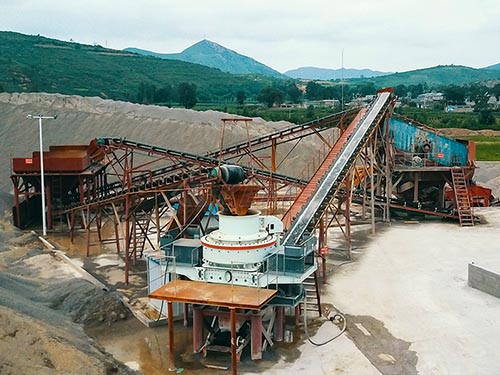Jaw Roll Crushers for Sale: Streamlining Your Material Processing Efficiency
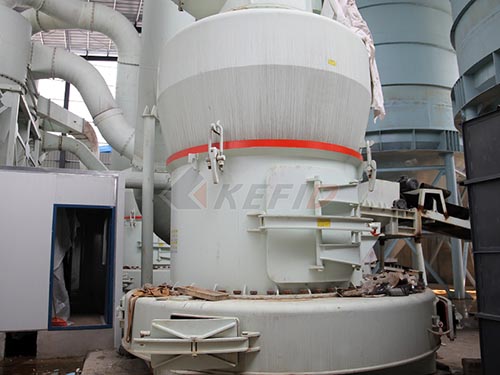
For operations demanding versatile and efficient primary and secondary crushing in a single unit, jaw roll crushers (often called roll crusher jaw combos or jaw/roll crushers) present a compelling solution. If you’re exploring jaw roll crushers for sale, understanding their unique advantages and key considerations is crucial for making an informed investment.
What is a Jaw Roll Crusher?
Unlike standalone jaw or roll crushers, a jaw roll crusher integrates both technologies into one cohesive machine:
1. Primary Jaw Crusher: Positioned first in line, the robust jaw chamber accepts large feed material (like run-of-mine rock or demolition concrete). It performs the initial coarse reduction through compressive force.
2. Secondary Roll Crusher: Directly integrated downstream from the jaw discharge conveyor lies the roll crusher section. This utilizes counter-rotating rolls to further crush the pre-sized material from the jaws into a finer product size through compression and shearing action.
Advantages Driving Demand:
1. Two-Stage Crushing in One Pass: This is the core benefit. Eliminating the need for separate primary and secondary units significantly reduces:
Capital Costs: Purchasing one machine instead of two.
Footprint: Requires less space on-site.
Setup Time & Complexity: Faster commissioning.
Operating Costs: Lower fuel/power consumption per ton processed compared to running two separate machines; reduced labor for feeding multiple units.
2. Versatility Across Applications: Well-suited for:
Aggregate production (limestone, sandstone)
Concrete/asphalt recycling
Construction/demolition debris processing
Mining applications requiring intermediate sizing
3. Improved Product Control: The combination allows operators greater control over final product size distribution by adjusting both jaw settings and roll gap settings.
4. Efficiency Gains: By pre-sizing material with the jaws before it hits the rolls, wear on the rolls is reduced compared to feeding raw oversized material directly into a standalone roll crusher.
Finding Jaw Roll Crushers For Sale:
When searching for your ideal unit, consider these sources:
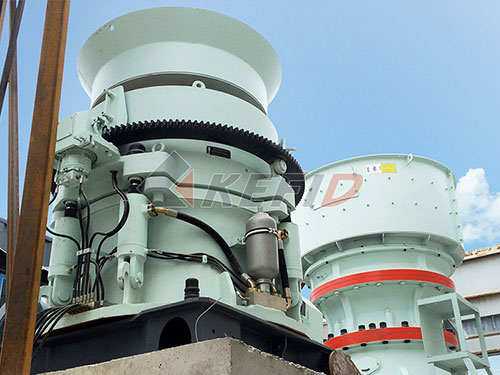
1. Reputable Equipment Dealers: Major dealers specializing in crushing/screening equipment often carry both new and used models from top manufacturers like Eagle Crusher (the “Eagle Combination” units are iconic), Lippmann-Milwaukee (“5066 Hybrid”), McL
